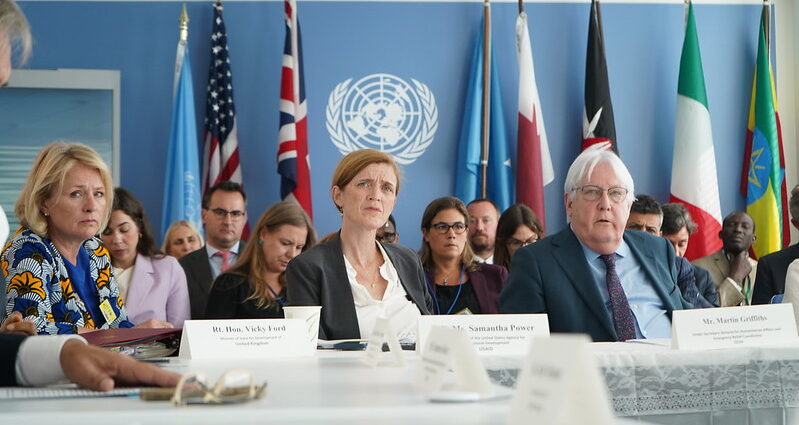Alanya Smith
Whilst officials gather to discuss how to provide aid to those suffering during the current drought in the Horn of Africa, the educations of millions of children are being threatened. Without immediate action, millions of citizens risk dying from malnutrition and 3.6 million children could be permanently impacted by the climate disaster, having their educations stolen from them.
Developments of the drought
The Horn of Africa, which predominantly encompasses the land of Eastern Africa, is experiencing a long-anticipated drought which is having a devastating impact on crops, livestock, and millions of residents. Following four years of insufficient rain, numerous regions have been drastically affected by large-scale starvation and famine. The drought is the worst experienced in 40 years, already forcing 1.1 million people to flee their homes in desperation for food and water.
Over 16 million citizens of Kenya, Somalia, and Ethiopia urgently need food supplies, with food production and distribution severely impacted by delays caused by the war in Ukraine and the influx of locusts impacting harvest this year. The UN’s World Food Programme has stated that this figure will soon rise to 22 million. Estimated figures for malnutrition alone in the region rest at 40-70 per cent, a figure rapidly rising due to insufficient aid. This is the third drought to hit the Horn of Africa in the past decade, with the frequency of droughts increasing due to the climate crisis.
Inhibiting Education
If intensive aid is not provided immediately, over 350,000 children may die in Somalia within months. 3.6 million children are at risk of being removed from education; a figure which has trebled in the last six months. Female students are at the greatest risk of leaving education. Unicef has warned that many girls who prematurely leave education often do not return and are encouraged into child marriage. During times of climate disasters, child marriage increases as families undergo intense economic pressure and become dependent on dowry funds to rebuild their homes.
The severity of famine and starvation risks the prevention of early physical and mental development and reduced immunity in children, making them more vulnerable to disease and significantly increasing the likelihood of infant and childhood deaths.
Children who are already in vulnerable categories—girls, children with disabilities, marginalised groups, and children already living in poverty—will have amplified risks caused by the drought. Alongside their exposure to starvation, famine and lack of education, these children will also become disproportionally exposed to exploitation, harassment and sexual violence.
International Response
With the Russian occupation of Ukraine dramatically rocketing global food and fuel prices, the provision of aid has become more expensive and thus worsened the vulnerability of those struggling.
The UN’s World Food Programme has pledged $418 million to help starving communities across the next six months. The United States has also dedicated $1.2 billion in emergency food supplies to combat malnutrition, yet it is unclear if this will be enough to support the growing 16 million citizens suffering across the Horn of Africa.
Unicef’s Education Advisor for Eastern and Southern Africa Abhiyan Jung Rana stated:
“In the Horn of Africa, there are about 15 million children out of school, including these countries. But the fear is that because of the drought an additional 3.6 million more children will drop out as they’re moving with their parents to different areas away from their school.”
Featured image courtesy of UKinUSA via Flickr. Image license found here. No edits were made to this image.

